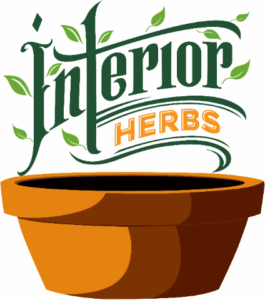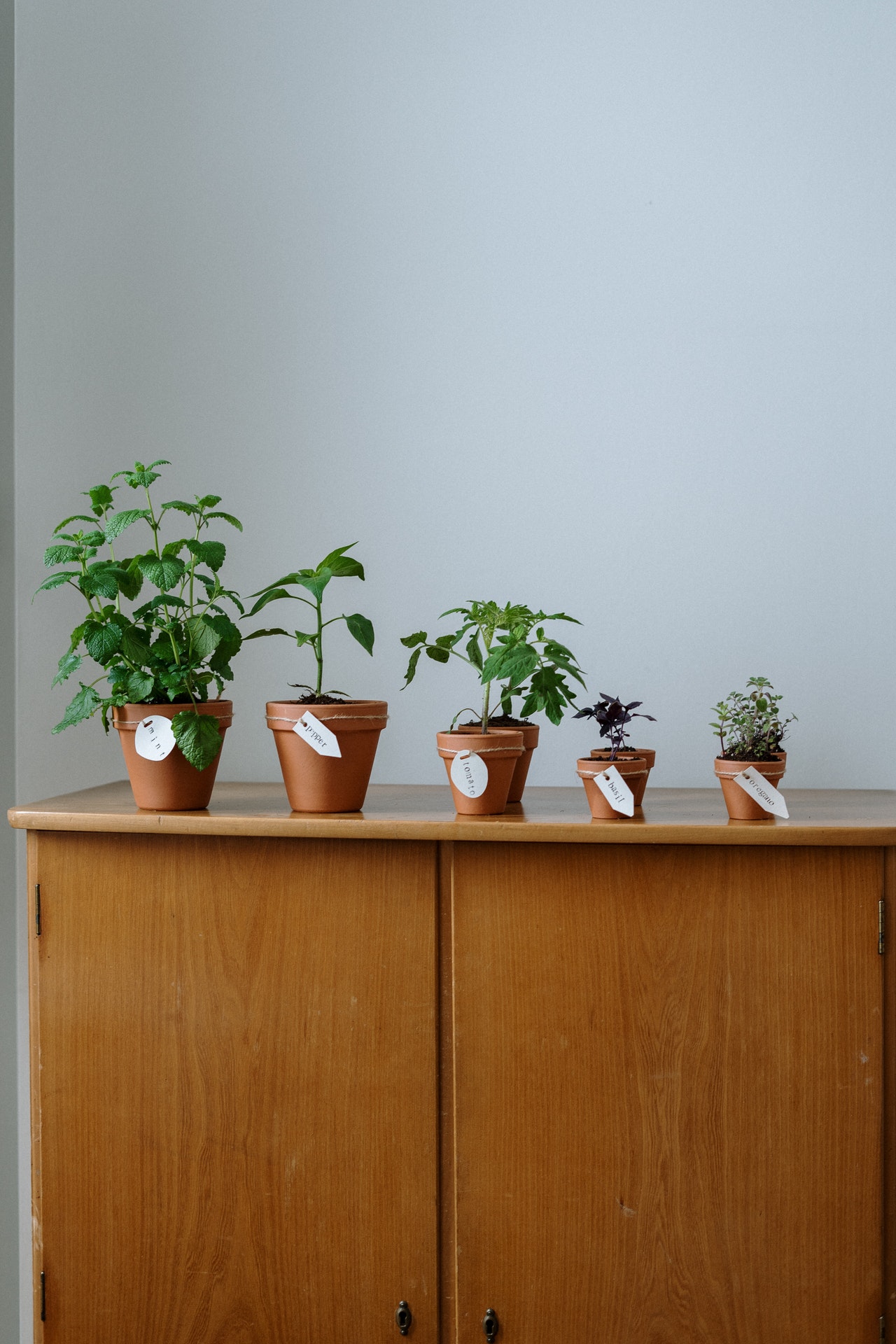Many of us had basic remedies growing up by using plants. One personal favourite was the doc leaf that we used to alleviate the stings of nettles. You can imagine my surprise when years later I saw people eating nettle soup!
But here are 5 medicinal plants that you can grow with relative ease indoors and what you can use them for.
Aloe Vera
Aloe is an evergreen succulent plant reaching 4 m in height in its native homeland (Africa). Due to its beneficial properties, aloe is widespread as an indoor plant.
Aloe is the main source of sabour – evaporated to dryness of aloe juice, used as a laxative. Leaves of at least 15 cm long serve as medicinal raw materials. Leaves cut in the winter-spring period have more pronounced medicinal and beneficial properties.
Aloe juice is rich in vitamins, enzymes, acids. The leaves and stem of aloe contain allantoin, natural antioxidants in the form of vitamins B complex, vitamins C and E, as well as beta-carotene, which in the body turns into vitamin A. The beneficial properties of aloe are enhanced if one or two weeks before the cut, the plant watered, and after cutting, the leaves are kept in the refrigerator for 10 days.
Aloe juice is widely used in folk medicine. It has anti-inflammatory, antibacterial, choleretic, anti-burn and wound healing properties, enhances the secretion of digestive glands, improves appetite, improves immunity and protective properties of the body. Enhances regenerative processes in damaged tissues.
In folk medicine, the beneficial properties of aloe are used as a laxative, it enhances the motility of the colon, in small doses improves digestion and increases appetite.
Fresh aloe juice is used for burns and osteomelitis, applying a gauze dressing soaked in juice or irrigating wounds or a burn surface.
Aloe syrup with iron (a pharmaceutical drug) is taken in 1 tbsp. spoon 3 times a day. Useful for iron deficiency anemia and anemia due to radiation.
Aloe juice is diluted with boiled water and rubbed on the eyes or make lotions if the eyes are tired or reddened eyelids.
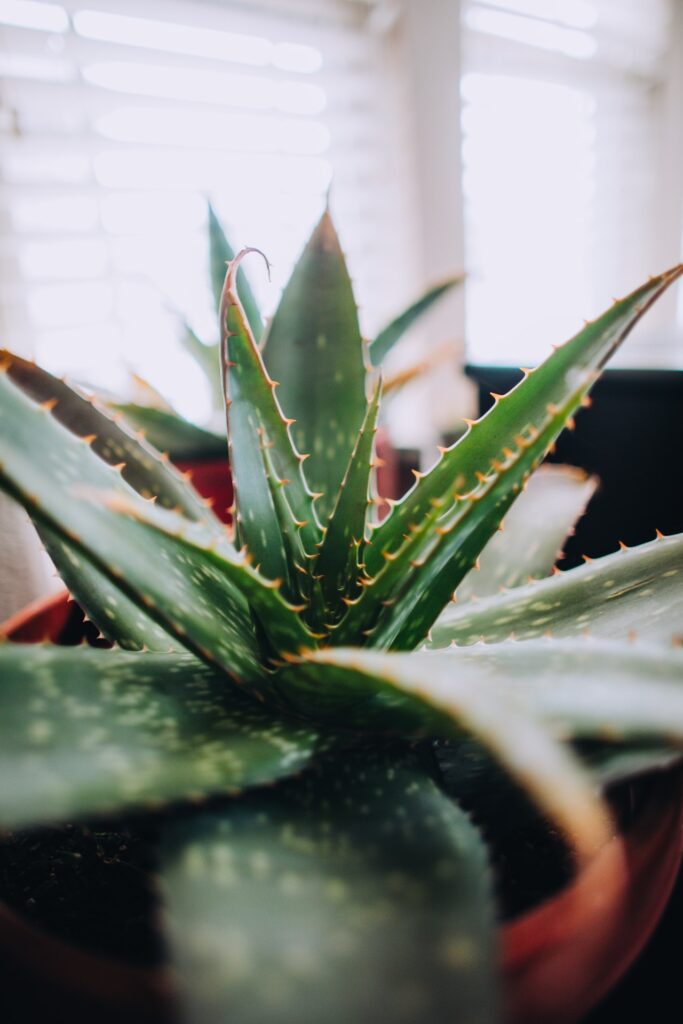
Mint
Mint is a plant that has a fairly pleasant aroma, but also a large number of medicinal properties (and is a great herb to mix with garlic for frying your eggs!). Like any medicinal plant, mint has contraindications for use, which we will discuss in detail in this article.
Peppermint has a tonic effect and helps prevent some diseases. It is worth learning more about this plant, as well as what diseases it helps with, and in which case it can harm the body.
Basic Composition Of Mint
The composition of the mint contains a large amount of menthol oil, it is thanks to this component that mint is often used in the pharmaceutical field. Menthol is extracted from the leaves of the plant, after which drugs are created from it. According to statistics, the leaves contain about five percent menthol oil, and six percent of the beneficial product is present in the inflorescences.
This concentration is high enough, and if the growing conditions of the plant are good, then the amount of either can be much higher.
If you use menthol oil locally, it will have an irritating and cooling effect. The tool has a pronounced bactericidal effect. Menthol is present in each part of the plant, but in the leaves and inflorescences of this substance more than in the stem.
Medics recommend using peppermint tea for severe menstrual cramps, the drink makes it possible to reduce severe attacks and relieve the condition.
In addition to the fact that mint leaves have a bactericidal property and relieve pain during menstruation, they have a fairly rich and useful composition:
- Various vitamins are present in the leaves, such as C and B vitamins
- Carotene;
- Tannins and various bitterness
- Organic acids
- Beneficial trace elements (sodium, phosphorus, magnesium and calcium)
- Cellulose
- Proteins and fats
- Resinous compounds
- Carbohydrates
The plant has useful qualities for the body, so mint helps:
- Eliminate bouts of pain
- Have an anti-inflammatory effect
- Dilate blood vessels, thereby reducing pressure
- Calm the nervous system
- Restore bowel function and normalize its motility
- Improve the functioning of the entire digestive system
- Stimulate a good outflow of bile
- Improves brain function
- Stimulates the work of the memory department
- Improves attention and helps to concentrate
- Used in the treatment of pneumonia
- Relieves acute symptoms of menopause
- Eliminates the symptoms of PMS
- Helps in the treatment of gynecological diseases
Medical Properties Of Mint in Tea
Especially useful is tea with the addition of mint, it has a positive effect on the nervous system of the body, and mint itself has a diuretic effect, so it is used for edema. But it is worth noting that when using such a product, you will have to consider the possible harm to the body.
The Main Medical Properties
- Helps to eliminate pain syndromes of various origins, also relieves spasms and expands the vascular network. Thanks to the latter effect, peppermint helps to lower blood pressure, and in addition improves overall blood circulation in the body.
- Peppermint is used by people for the preparation of medicinal drops in the nose, they help to cope with a runny nose even with a severe cold. Many preparations for the stomach are created on the basis of an extract of this herb, since the herb has healing and bactericidal properties.
- The plant has a beneficial effect on the entire digestive system and relieves the gastric tract. In addition, the herb extract is added to bactericidal ointments, which are used in the inflammatory process of various origins.
- Helps relieve nausea, and also eliminates swelling and relieves signs of heartburn. You can use tea based on a medicinal plant to get rid of stomach pain.
- Although peppermint has a very sharp aroma, it helps in the treatment of asthmatic attacks, but only if the patient has no intolerance to the plant. The grass helps to get rid of increased gas formation, is an excellent tonic, but at the same time it gently calms you before bedtime.
- Peppermint helps fight infection that spreads in the airways. Most often, infusions and decoctions from the plant are used for bronchitis, colds and pneumonia.
- The medicinal plant has a positive effect on the functioning of the heart muscle, since mint helps to improve blood circulation in the body.
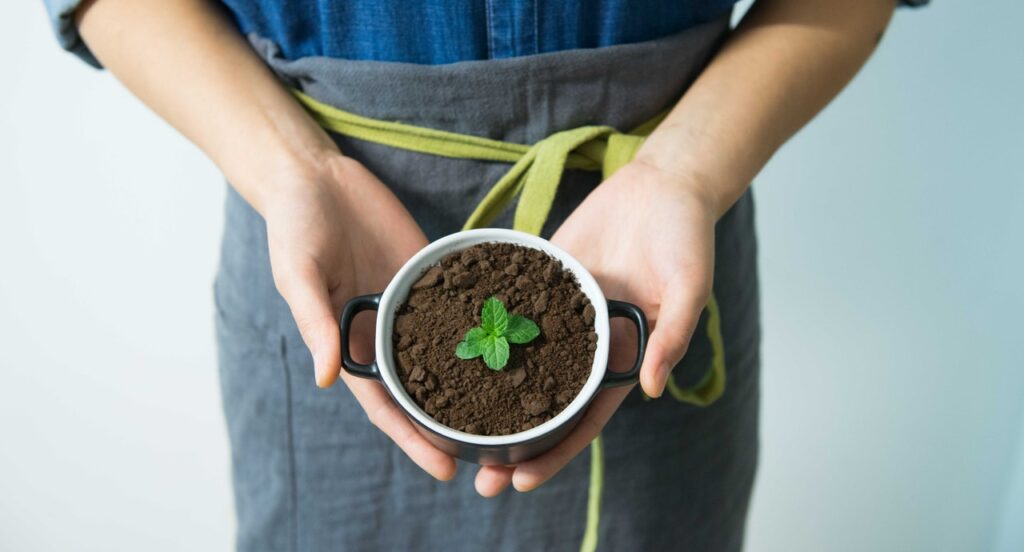
Melissa (Lemon Balm)
Melissa is used for:
- If you have trouble sleeping
- Blood pressure is elevated
- The person is in nervous tension
The leaves of healing spicy herbs are brewed and consumed as a sedative in the form of tea.
Instructions For Use
Mellisa is effective against viruses – it is able to stop their reproduction. And for women, this is, in general, an indispensable herb – it can be used by women during their monthly ailments, to reduce the symptoms associated with menopause. In addition, drugs with its extracts can improve the condition of the skin (including reduce irritation).
Infusion of leaves of a medicinal herb is prescribed:
- Conditions of general nervous excitement
- Violations of sleep and wakefulness
- Anemia
- Gout
- Migraines, severe and painful headache attacks
- Shortness of breath;
- Various forms of coronary heart disease;
- An increase in heart rate;
- Jumps in blood pressure under the influence of emotional factors;
- Pathological progressive and rapid thickening of the veins, their inner layers
- To improve appetite
- Inflammation in the mucous membrane of the stomach
- Inflammation of the colon;
- Painful bloating due to accumulation of excess gases in the intestines
- Diuretic agents
- Laxatives
- To stimulate diaphoretic processes
- As a digestive stimulant
In addition to the use of lemon balm in the form of infusions, decoctions and teas, the external use of this wonderful herb is also possible. From its infusions you can make baths with a wonderful lemon aroma. Also use its decoctions for washing and lotions with skin inflammation of the allergic type and diseases that are expressed in the appearance of boils.
In the summer, it is good to use a decoction for insect bites: it will relieve a burning sensation and swelling after a bite. In dentistry, Melissa was also used – doctors advise using it for rinsing with gum disease.
As you have already seen, lemon balm is simply irreplaceable with many ailments. Melissa leaves are part of many collections and dietary supplements. It is worth noting that preparations based on Mellisa are used not only by herbalists, but also by representatives of traditional medicine.
For pregnant women, lemon balm is not only not contraindicated, but even useful, provided its moderate use. Many countries use Mellisa: practical medicine in France practices plant-based remedies for trophic ulcers as a wound healing agent, Austria uses aromatic medicinal baths, and Italy uses Melissa in cosmetology.
Few people know about such a medicine as complex lemon balm alcohol. It is quite popular with traditional physicians in Germany. It contains essential oils of lemon balm, nutmeg, cinnamon and cloves.
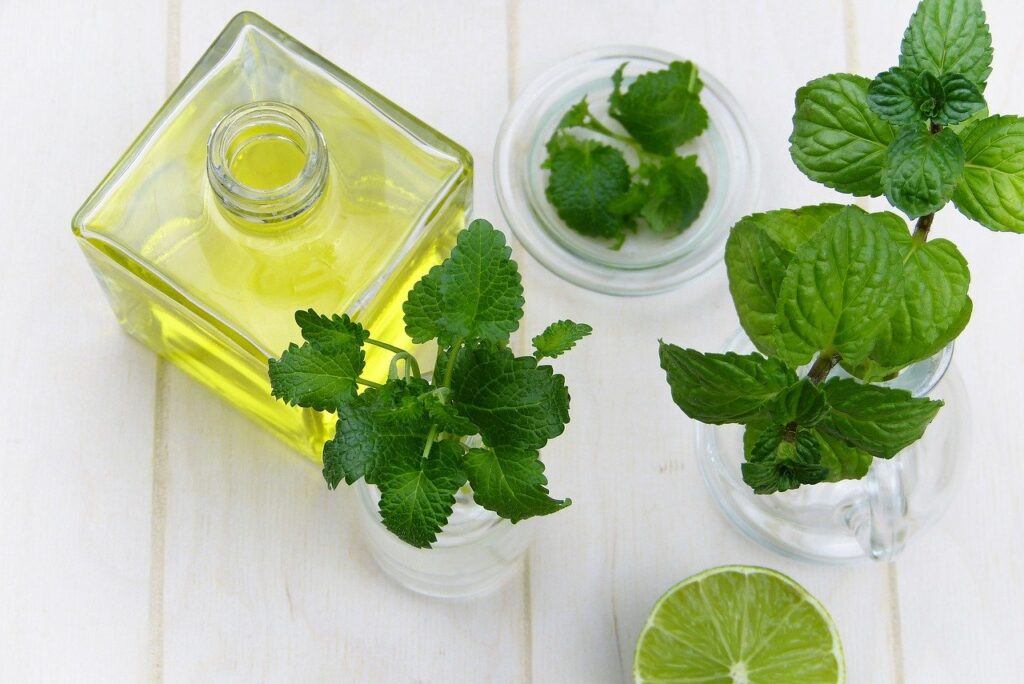
Lavender
Lavender often raises many questions. Is this a flower or a grass? The lilac miracle that everyone knows is both one and the other, and first of all – the source of one of the most beloved fragrances in the whole world, which was known even in the times of Ancient Egypt and Ancient Rome.
Once lavender was used for embalming and religious ceremonies, today it is one of the most popular ingredients in perfumery, aromatherapy and in the kitchen – yes, this flower had a chance to try many roles.
This name is so accustomed to various languages of the world that a color is even named after it – one of the shades of lilac. Meanwhile, the word itself comes from the Latin “lavare”, which means “wash.” The emergence of this name was facilitated by the fact that lavender was added to the water for solemn baths.
There are various types of this plant, and many of them can be easily found in the products that we use every day. So, narrow-leaved lavender, which is also called “real” (Lavandula angustifolia), is most often used in the manufacture of cosmetics, tinctures, baked goods and essential oils.
If lavender oil is widely used in aromatherapy, then a dried plant is an integral part of French cuisine. It can be added to tea and used for seasonal herbal decoctions. Many perfumes and body care products contain lavender extract.
Also, the antibacterial, antimicrobial, analgesic and expectorant properties of lavender should not be underestimated. This plant has always been used in folk medicine as an antiseptic and sedative.
Medicinal Properties Of Lavender
Lavender can fight migraines and headaches. Adherents of alternative medicine use lavender tea, infusion or local application of essential oil to cope with headaches, including in women during menopause. However, lavender can be consumed in less traditional ways: for example, in the form of ice cream!
Lavender oil relieves the symptoms of premenstrual syndrome in women. According to a recent study by the Center for Advanced Reproductive Endocrinology and Infertility, Japan, aromatherapy using Lavandula angustifolia extract can help reduce symptoms of premenstrual syndrome, especially mood swings.
Since this plant contains a lot of antioxidants, it helps reduce the amount of free radicals in the body, strengthens the immune system and slows down aging.
Among other useful properties, lavender has antibacterial properties, so that herbal infusion using dried flowers helps fight colds, coughs and viral diseases.
Even in ancient times, people knew about its ability to treat wounds and burns, and later this was confirmed by scientific research. Aromatherapy using lavender is also useful for children to recover from a sore throat.
Lavender-based treatment can be used for anxiety disorders. Research results confirm that lavender oil capsules reduce symptoms of anxiety, depression, mood swings after two weeks of treatment. Lavender infusions or massages using oil from this plant also reduce stress and anxiety in people with chronic disorders of the nervous system.
The infusion of its flowers can be used to wash hair and scalp, which reduces the formation of dandruff, thanks to the anti-inflammatory properties of the plant.
Treatments using natural ingredients for type 2 diabetes include lavender. It is one of the herbs that contribute to the production of insulin in the body.
According to an article in the Journal of Medical Microbiology, Spanish scientists have confirmed the ability of lavender to fight skin infections due to anti-inflammatory and antifungal properties.
According to the Natural Medicines Comprehensive Database, this plant can be used to reduce hair loss and stimulate hair growth in case of alopecia – pathological hair loss in certain areas of the head or trunk.

Echinacea (Daisy)
Echinacea is familiar to us primarily as a medicinal plant with an immunostimulating effect. However, its positive properties are not limited to this. So, even in ancient times, Echinacea decoction was used to wash wounds and eyes, and was also used for rheumatism, arthritis, mumps and measles.
Currently, in pharmacies there are many drugs based on echinacea: collections, herbal teas, tablet drugs, tinctures and dietary supplements. On the basis of echinacea, more than 250 different drugs are produced only in Germany.
How Echinacea Is Beneficial For The Immune System
As a result of a number of studies, scientists were able to identify several groups of beneficial substances that positively affect immunity. Here are the main groups of substances contained in echinacea:
- Polysaccharides. The aerial part of the plant is very rich in useful polysaccharides, which prevent the entry of pathogenic microorganisms into the cells of the body. Moreover, the polysaccharides contained in echinacea promote tissue regeneration.
- Inulin (not to be mixed up with insulin). The root Echinacea contains the substance inulin, which increases the activity of white blood cells. Thus, the cells of the immune system begin to cope more effectively with the infection, eliminating pathogenic microbes.
- Echinosides – a group of substances contained both in the aerial part of the plant (above the soil) and in rhizomes. It has been established that these substances possess antibiotic properties – they destroy pathogenic bacteria. In addition, echinosides contribute to the elimination of free radicals from the body.
- Alkylamides – substances contained in the root of the plant. Alkylamides have anesthetic effect, so that congeal of echinacea can be used to relieve toothache.
In addition to the above substances, Echinacea is also rich in its mineral composition. In particular, it contains a lot of potassium, calcium, copper, sulfur, silver, manganese, zinc, selenium and cobalt. Many of these trace elements are involved in maintaining the normal functioning of immune cells.
Who Benefits From Echinacea
Echinacea is a versatile herb and there are many benefits associated with using this herb.
Echinacea For Colds And Flu
Most often, Echinacea is prescribed for colds and flu. It is noted that with echinacea, the healing process is faster. It can be prescribed even for children 2-3 years old. And as a preventive measure, it will be very useful for people with weakened immune systems.
Echinacea For Infectious Diseases
Since echinacea is an excellent immunomodulator, it is advisable to prescribe it for ear infections, mononucleosis, infectious diseases of the bladder, blood poisoning and other bacterial, viral and fungal diseases.
Echinacea For Skin Conditions
In this case, decoctions of echinacea are used externally. In particular, it worked well for herpes, boils, hives, burns, insect bites and eczema.
The herbs mentioned in this article are not only useful, but they are very beautiful as well. If you love taking care of glowers and plant to have an indoor medicinal garden, then these are the plants you will definitely need. You can read about taking care and planting these herbs in our blog, were we have detailed information about the plants needs and how to take care of them.
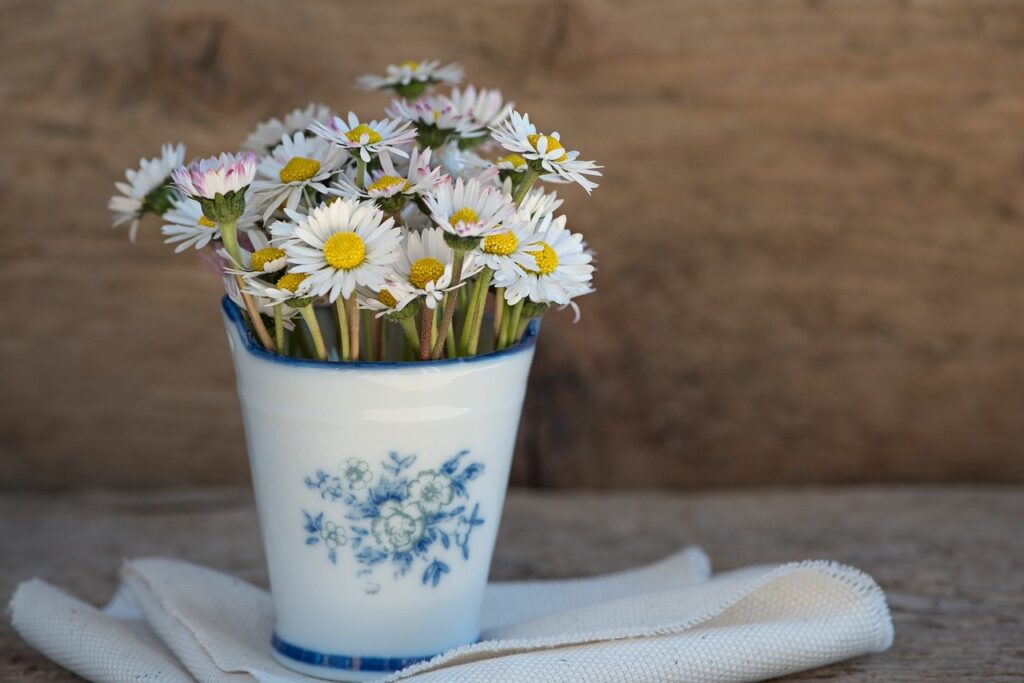
Being a part of a group of life coaches can be a great way to supplement your income and if this is something that you are interested in, check out this link here!
Sam is a graduated biologist who sub-specialised in Botany in his final years. With a passion for human health and food, this was the perfect marriage of his interests. Having been born in the country but spent most of his life living in cities, this blog was his answer to learning how to grow a garden indoors if you didn’t have ample space outside.
